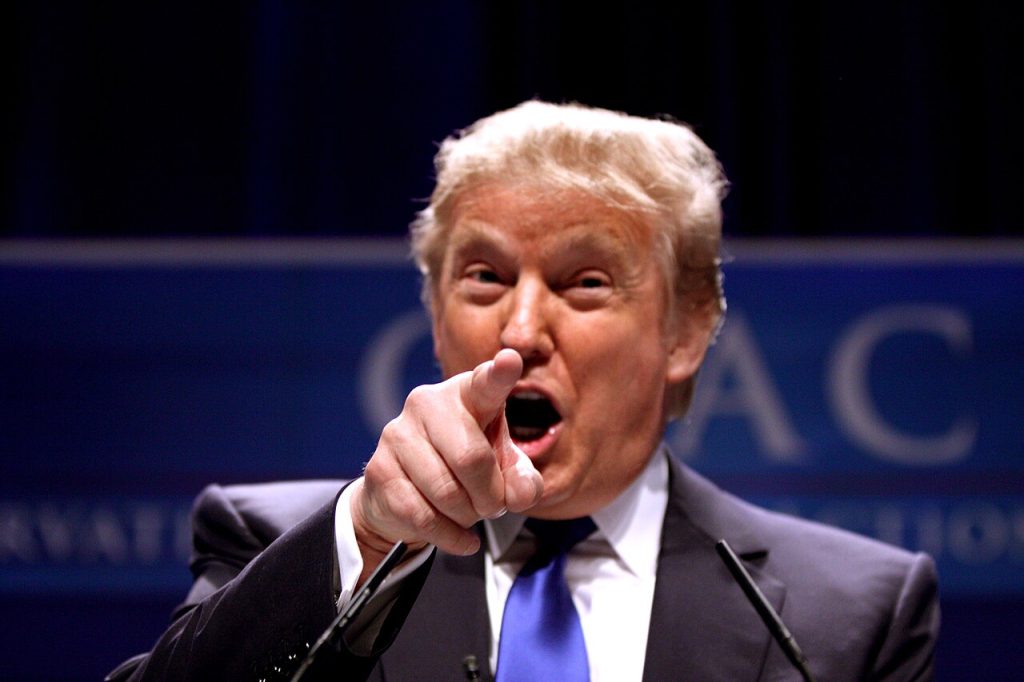The second Liberation Day marked a decisive shift in America’s trade relations.
Others are reading now
President Donald Trump unveiled sweeping tariffs aimed at correcting what he described as “unfair” trade imbalances. Starting at 10%, rates have since climbed for many countries, reshaping the global trade landscape.
Brussels Signs Off on a 15% Deal
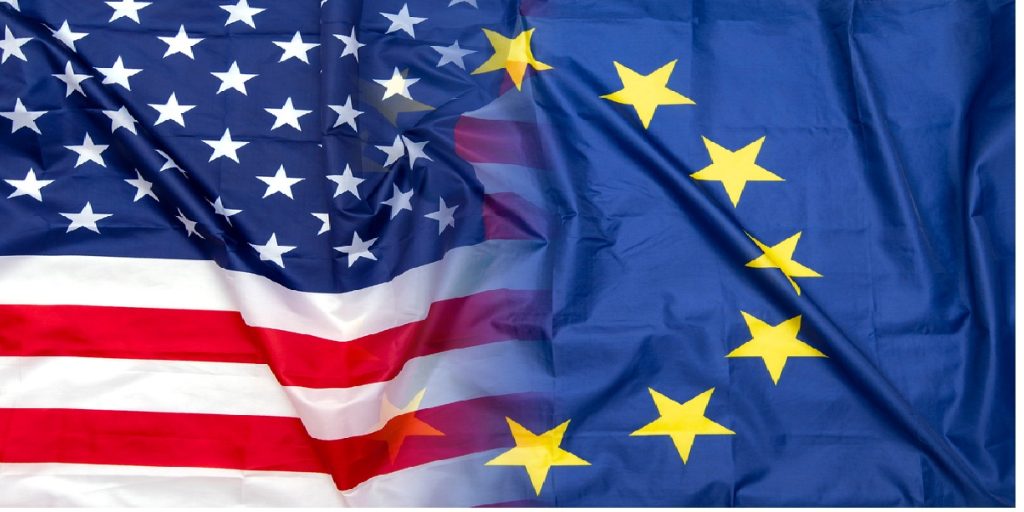
In late July, the European Union struck a deal with Washington, agreeing to a maximum tariff of 15% on imports across the Atlantic.
This cap includes the “Most Favored Nation” (MFN) rate, the lowest import duty available, except for steel and aluminum, which remain taxed at a hefty 50%.
Praise and Backlash in Europe
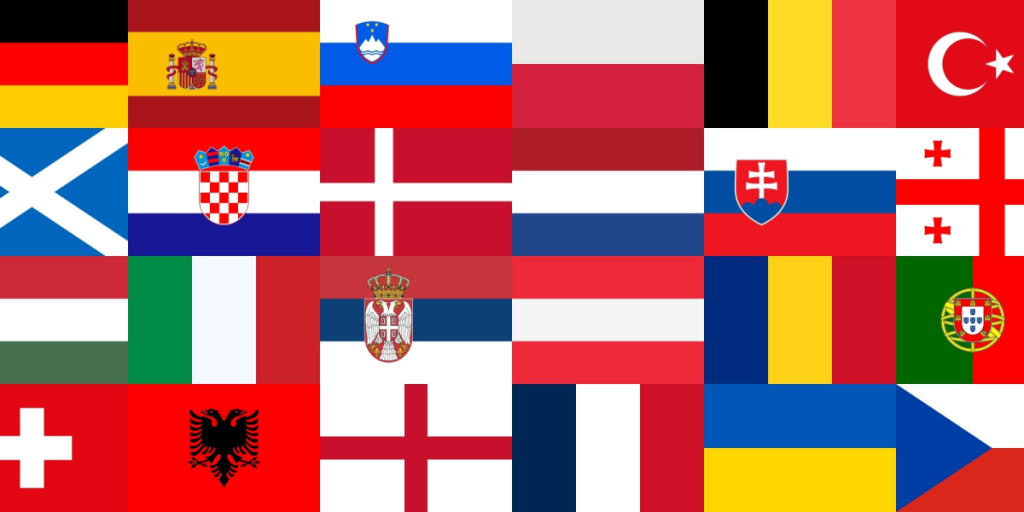
While the European Commission calls the deal the “best possible agreement,” critics accuse Brussels of capitulating to U.S. pressure.
Detractors say the pact favors Washington and sends the wrong message: that economic blackmail pays off.
Also read
Brussels’ Defense: Stability Over Conflict
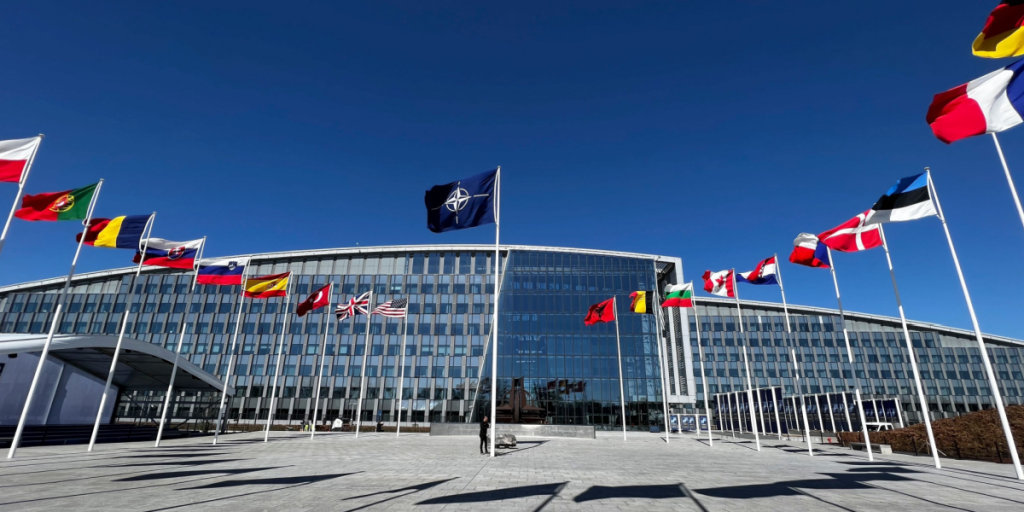
EU officials argue the agreement brings stability and predictability, avoiding a damaging trade war.
They stress that the 15% ceiling shields key industries like pharmaceuticals and semiconductors from even higher U.S. tariffs.
Britain’s Steeper Price Tag
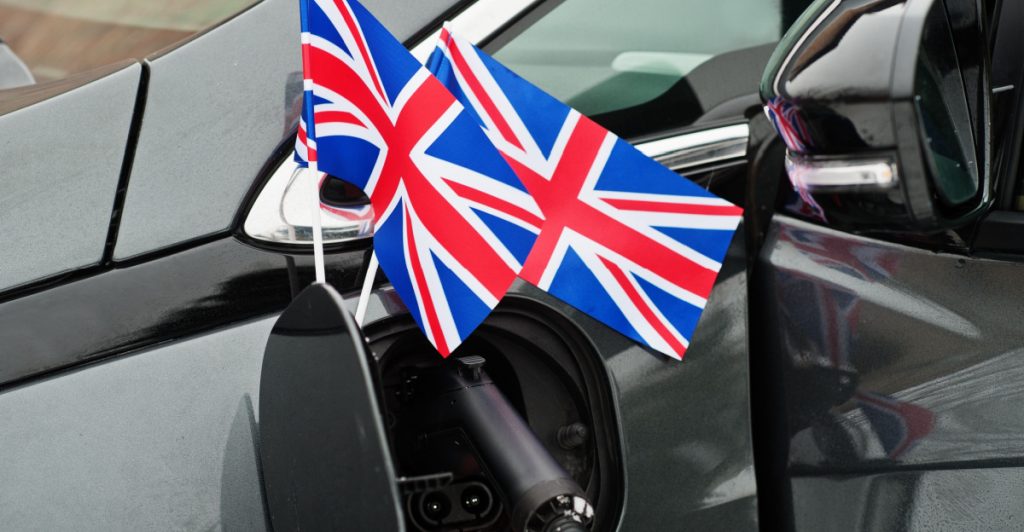
The UK’s deal with Washington looks lighter on paper, just 10% tariffs, but comes with a twist. British exporters must also pay the MFN rate.
For example, cheese faces a combined 24.5% duty, leaving many British goods at a competitive disadvantage compared to EU exports.
Canada’s Tariffs Triple
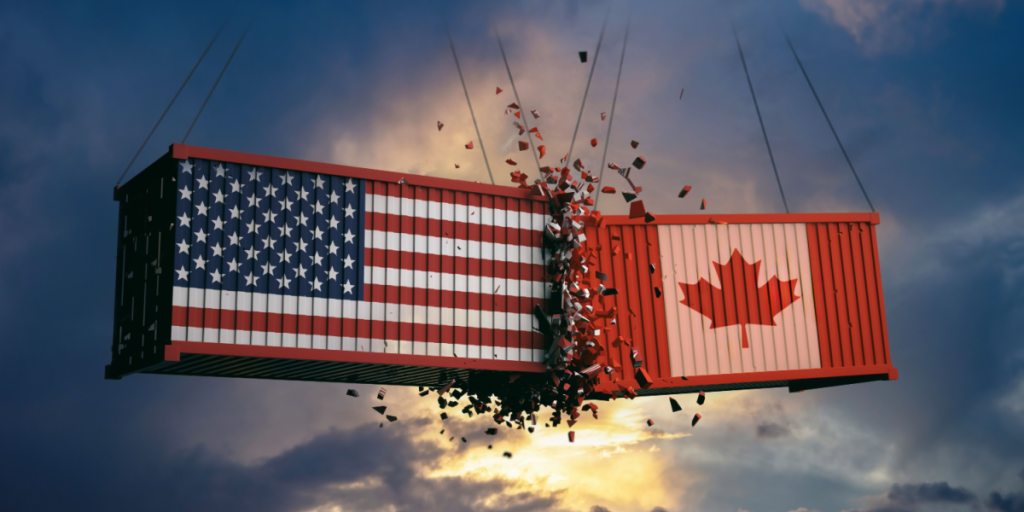
Canada began with a 10% rate, which later jumped to 25% and is now set at 35% for most products.
Also read
Only strategic energy items remain exempt. The move underscores Washington’s readiness to ratchet up tariffs over time.
Brazil’s Sharp Increase

Brazil’s tariffs have soared to 50% on key exports like aircraft, precious metals, and fertilizers.
The jump stems partly from political controversies surrounding former president Jair Bolsonaro and disputes over deals impacting U.S. businesses.
China’s Escalating Rates

U.S.–China trade tensions remain high. Tariffs have risen from 34% to 54% since Liberation Day, though both sides are currently in a temporary truce due to expire on August 12.
A Global Patchwork of Rates
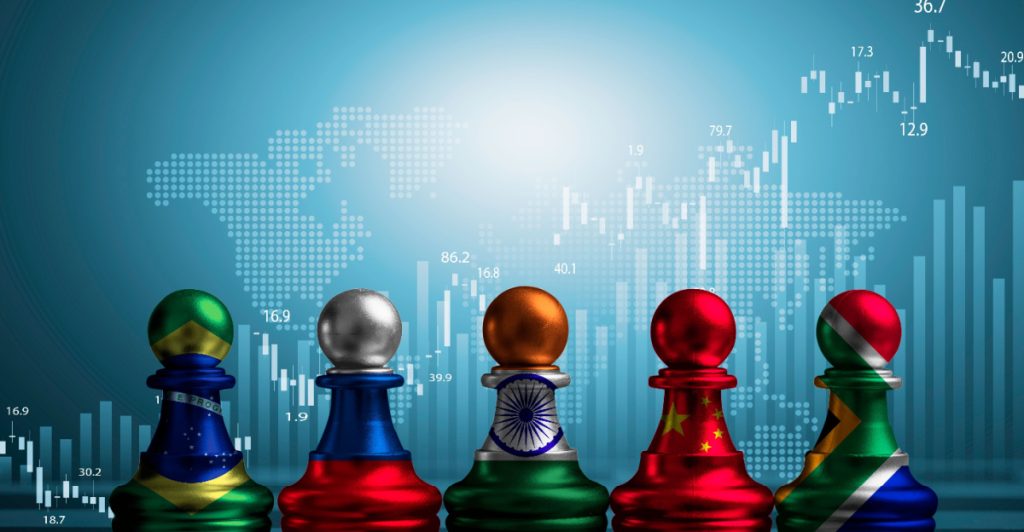
Other countries face varied penalties: Mexico at 25%, India 25%, Taiwan 20%, South Africa 30%, Switzerland 39%, Syria 41%, and several developing nations with rates between 20% and 40%. Iraq is at 35%, Libya at 30%, and Sri Lanka at 20%.

